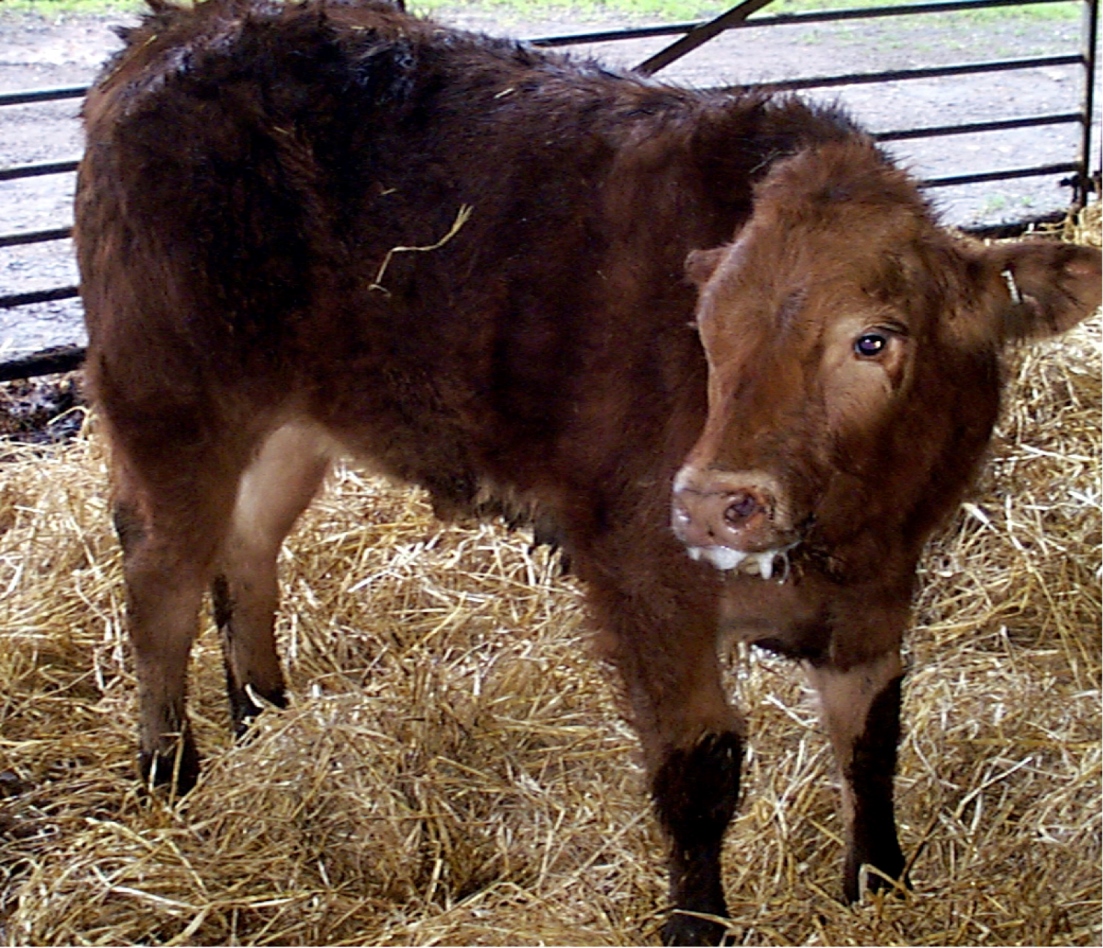
Awareness of lungworm (also known as husk or hoose) as a major cause of respiratory disease in older, grazing cattle may not be as high as it should be, according to a government report. Merial Animal Health is urging farmers and vets to consider lungworm infection as soon as coughing begins in adult dairy cattle to prevent significant losses in production.
Sioned Timothy, Veterinary Adviser for Merial Animal Health, says: “Lungworm is increasingly being seen in adult dairy cattle, not just the youngstock traditionally thought to be affected.”
A government report published in February 2015 stated that there was a significant increase in lungworm diagnoses made at APHA and SRUC laboratories as a percentage of overall submissions from October to December 2014 compared to the same period in 2013, in Great Britain as a whole, and England and Wales (but not Scotland). The relatively warm, dry summer of 2014, followed by rain, provided near-perfect conditions for development and survival of lungworm larvae into the autumn.
The report goes on to explain that in several outbreaks of respiratory disease an initial focus on infectious bovine rhinotracheitis (IBR) as the suspected cause led to a delay in diagnosing lungworm. A subsequent delay in treatment resulted in severe, prolonged outbreaks of disease and in some cases a number of cows were lost to lungworm.
Ms Timothy explains: “The problem for farmers, and vets, is that lungworm can be difficult to diagnose at an early stage and may not be spotted until a full-blown outbreak occurs. At this point, the harmful effects on production will be significant and costly.
“Coughing in an adult cow should be investigated immediately by a vet, don’t wait until the whole herd is unwell. This gives you time to receive the diagnosis and treat promptly to minimise production losses.”
Acute stages of the disease cause rapid weight loss. Animals have a deep harsh cough during activity which progresses to coughing at rest, with laboured breathing. Severely affected animals will typically stand with neck and head extended in the ‘air hunger’ position. Increased resting time with reduced feeding and drinking leads to milk drop and ill-thrift. Even after recovery, the effect of lungworm disease is costly. Lung damage can leave animals susceptible to secondary infections and affect long term productivity.
A study published in 2011 which looked at two outbreaks of lungworm reported total losses of £110* per cow in one case and £113* in another2. Clinical disease was shown to have a broad ranging economic impact. Losses resulted from reduced milk production, disposal of dead animals, extra inseminations, laboratory diagnosis and treatment costs2.
Ms Timothy explains: “Treatment programmes that prevent clinical disease, whilst allowing sufficient exposure to the parasite to promote immunity are the ideal, however this can be a delicate balancing act; too little exposure and they don’t develop the immunity required, while too much will cause clinical disease and production losses.”
In the face of high challenge even immune cattle can succumb to disease. To guard against this, control measures should take into account local risk factors such as climatic condition. Farmers should also take measures to minimise the risks associated with bringing cattle of unknown exposure status onto a farm.
“Bought-in stock can compound the problem,” says Ms. Timothy. “Such animals may already carry a lungworm burden, or be naïve. Any mismatch in parasite status can put both new and existing animals at increased risk of disease.”
Lungworm disease can be prevented by either vaccinating or through strategic or targeted wormer treatments during the grazing season.
Vaccinating before spring turnout is an effective method of preventing clinical disease in both youngstock and adult cows, although this immunity may wane as the grazing season progresses.
Strategic worming programmes are often implemented to control gastro-intestinal parasites in young cattle, and this approach will also provide protection against lungworm. In adult cattle targeted treatments are often used in response to the early signs of disease. With this approach, vigilance is key to ensure cattle are treated before outbreaks of severe disease and associated lung damage occur.
Many wormers used to treat gutworm (Ostertagia ostertagii), such as EPRINEX® (eprinomectin), will also treat any lungworm present. However, this approach should be discussed with a vet or animal health adviser (SQP – Suitably Qualified Person) to ensure it is appropriate for individual herds and farms.
If lungworm is diagnosed within an individual or group of animals, the whole herd or group must be treated. One treatment with EPRINEX® will clear larval and adult stages lungworm and prevent reinfection for up to 28 days, with zero milk withhold. The weatherproof formulation means animals do not have to be kept in should bad weather occur around the time of treatment.
In severe cases, farmers are advised to consult their vet as supportive treatment may be required to relieve pain, manage inflammation and treat any secondary infections
